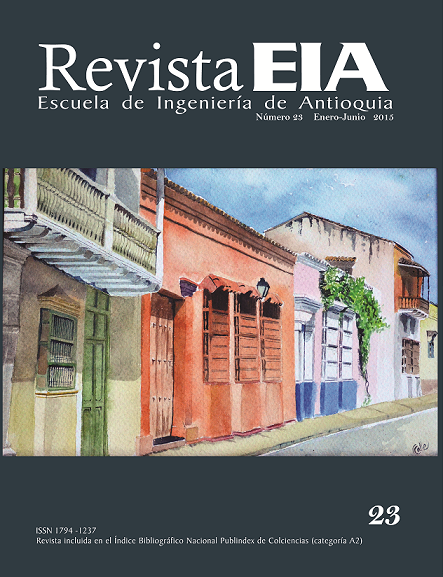INTERFAZ HÁPTICA TIPO GUANTE CON REALIMENTACIÓN VIBRATORIA
INTERFAZ HÁPTICA TIPO GUANTE CON REALIMENTACIÓN VIBRATORIA


This work is licensed under a Creative Commons Attribution-NonCommercial-NoDerivatives 4.0 International License.
Copyright statement
The authors exclusively assign to the Universidad EIA, with the power to assign to third parties, all the exploitation rights that derive from the works that are accepted for publication in the Revista EIA, as well as in any product derived from it and, in in particular, those of reproduction, distribution, public communication (including interactive making available) and transformation (including adaptation, modification and, where appropriate, translation), for all types of exploitation (by way of example and not limitation : in paper, electronic, online, computer or audiovisual format, as well as in any other format, even for promotional or advertising purposes and / or for the production of derivative products), for a worldwide territorial scope and for the entire duration of the rights provided for in the current published text of the Intellectual Property Law. This assignment will be made by the authors without the right to any type of remuneration or compensation.
Consequently, the author may not publish or disseminate the works that are selected for publication in the Revista EIA, neither totally nor partially, nor authorize their publication to third parties, without the prior express authorization, requested and granted in writing, from the Univeridad EIA.
Show authors biography
Resumen
El presente artículo muestra el diseño y construcción de un guante háptico con realimentación vibratoria. El guante construido, llamado Virtual Touch, involucra sensores de flexión con el fin de captar en todo momento el movimiento realizado por la mano, así como pequeños motores de vibración que indican al usuario el contacto con un objeto virtual. Se implementaron dos tipos de software para manejar el dispositivo, primero que todo una aplicación en el ambiente ROS (Robotic Operation System) basado en Linux®, y como segunda instancia una aplicación en Windows® utilizando como motor de renderizado gráfico a VTK (The Visualization ToolKit, open source). Las dos aplicaciones muestran el guante virtual que sigue fielmente los movimientos de la mano real, además de que indican claramente el contacto con un objeto virtual. Además, en el caso de la aplicación realizada con VTK, se puede observar la deformación realizada sobre el objeto. Las aplicaciones futuras de este dispositivo son múltiples, entre ellas el diagnóstico médico.
Abstract
This article shows the design and construction of a glove haptic with vibration feedback. The glove, called Virtual Touch, involves flex sensors in order to capture the movement carried out by hand, as well as small vibrating motors that indicate to the user the contact with a virtual object. Two types of software were deployed to operate the device, first the ROS environment based on Linux®, and as second-instance a Windows® application using VTK (The Visualization ToolKit, open source) as rendering engine. The two applications show the virtual glove that faithfully follows the movements of real hand, in addition to clearly indicate the contact with a virtual object. In addition, in the case of the application made with VTK, deformation on the object can be seen. Future applications of this device are multiple, including the medical diagnosis.
Resumo
Este artigo apresenta a concepção e construção de uma luva háptica com retroalimentação de vibração. A luva construída e chamada Virtual Touch, envolve sensores de flexão para capturar o movimento em todos os momentos com a mão, e motores de vibração pequenos que indicam o contato do usuário com um objeto virtual. Foram implementados dois tipos de software para gerenciar o dispositivo, antes de tudo um aplicativo no ambiente ROS baseado em Linux, e como uma segunda instância um aplicativo no Windows® usando como motor de renderização de gráficos para VTK. As duas aplicações são a luva virtual que segue fielmente os movimentos da mão real, para indicar claramente contacto com um objeto virtual. Além disso, se o pedido feito com VTK pode ser visto a deformação realizada sobre o objeto. As aplicações futuras deste dispositivo são múltiplas, incluindo o diagnóstico médico.
Article visits 548 | PDF visits 242
